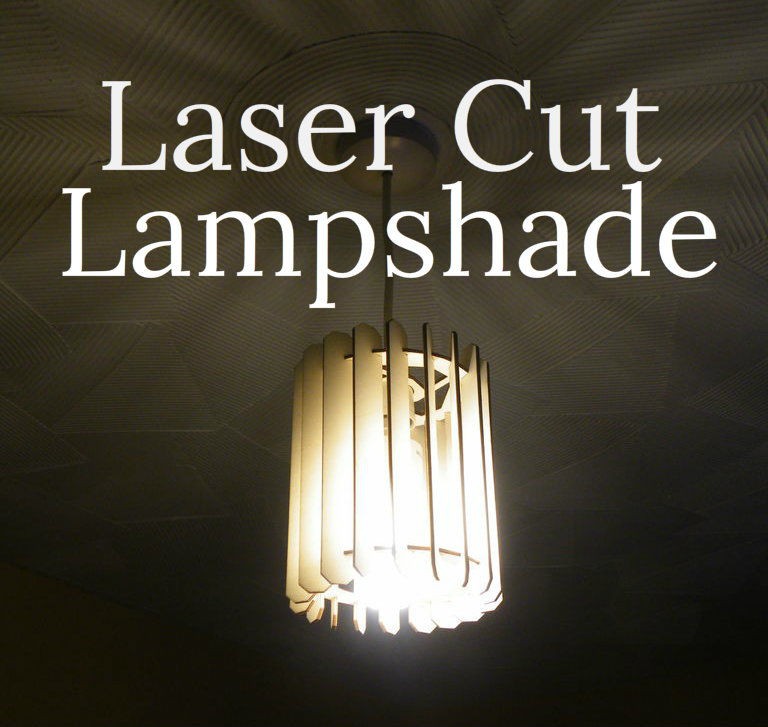

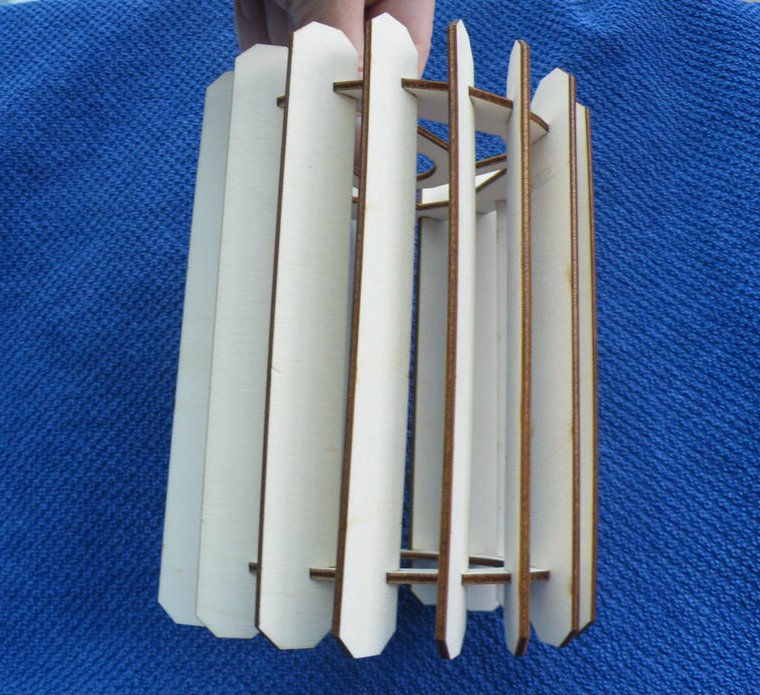
My youngest, being nearly 16, decided that his decidedly warped digger-themed lampshade was due for retirement, and asked me to make something to replace it.
Naturally, I turned to the laser cutter...
Step 1: Designing the Shade

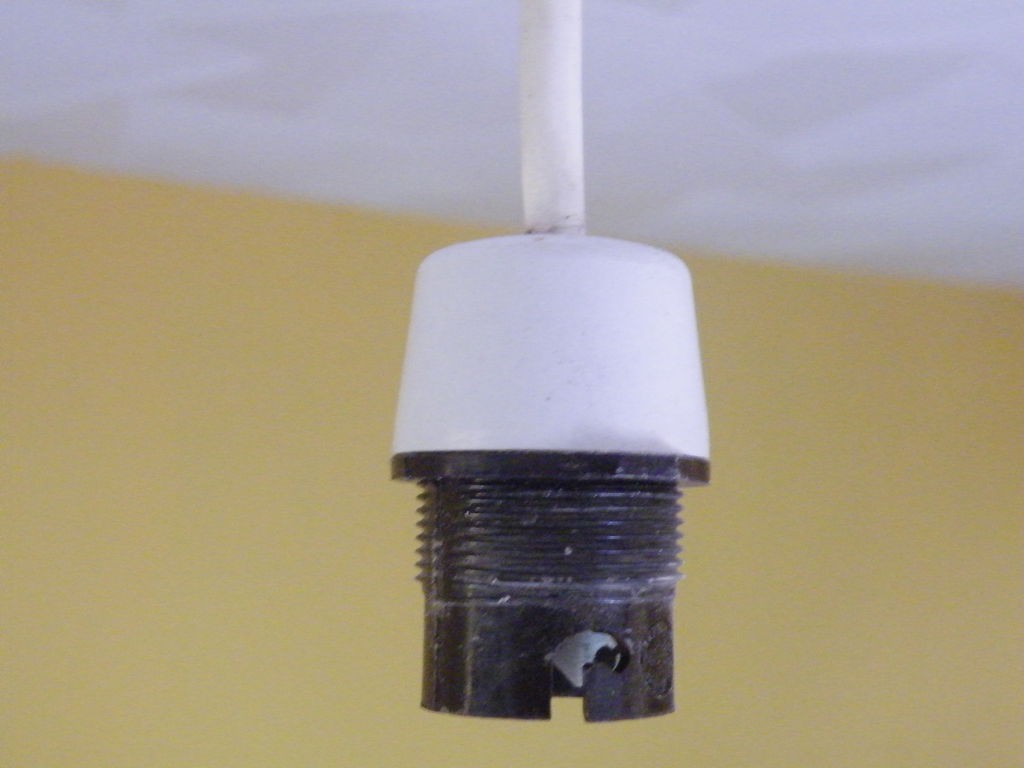
I designed the shade to fit a standard British pendant light fitting.
That meant it needed a circular hole, 3cm in diameter, in the top of the fitting.
I had a fiddle with a number of other lampshades in the house, and worked out that it needed an internal diameter of at least 8cm to be able to get my hand in and handle the bulb.
And, of course, it needed to be long enough to enclose the low-energy bulb.
I started with a radial-slat design, but it looked too Spartan, even for my minimalist tastes, so angled the slats. That small change seriously improved the look of the fitting.
If you don’t have the right tools, you can always get the parts laser cut by an online company for just under $22. If you want to do this, I’ve added suitable files to this step, and you can skip ahead and read step 4 while you wait for the parts to arrive in the mail.
Donwload Slatted lamp 3mm 24 x12 Ponoko ready.svg
Step 2: Needful Things
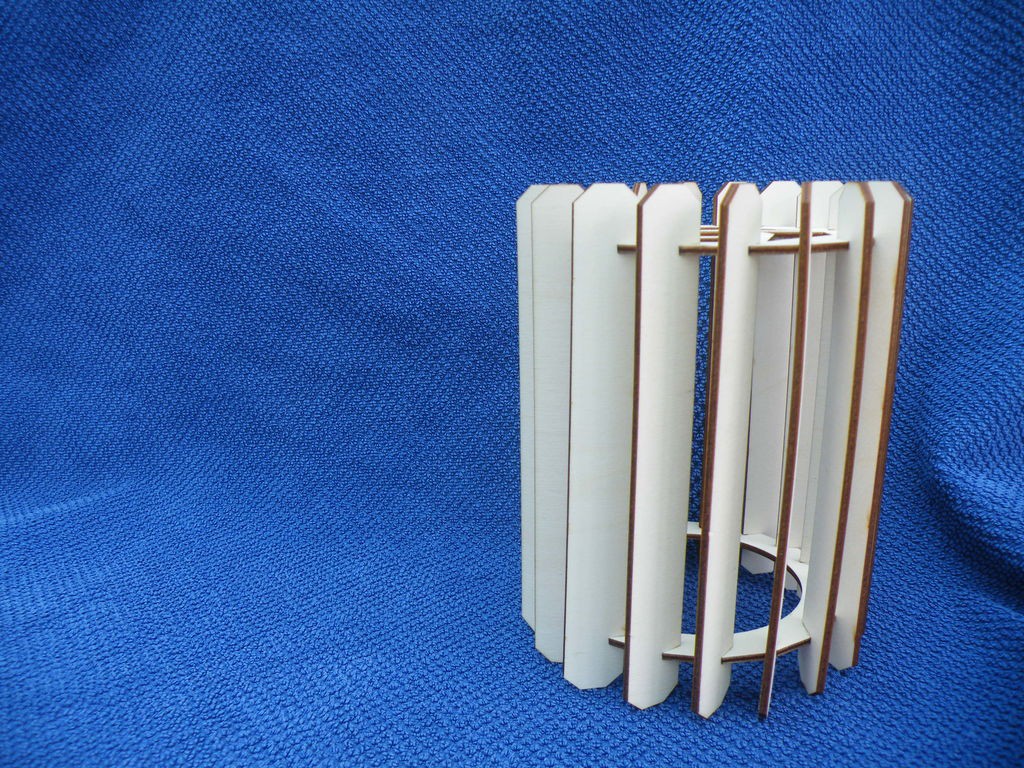
The shade is made from 3mm plywood. You could use MDF, corrugated card, correx or clear/translucent acrylic.
I've attached a range of versions of the files needed to cut this shade.
Obviously, I used a laser cutter to make my shade, but you could also use hand tools to cut the same shapes.
Whatever material or tools you use, you will need an appropriate glue to fix it together - for the plywood, an ordinary PVA wood glue was perfect.
Download Slatted Lamp 4.dxf
Download Slatted Lamp 4.svg
Download Slatted04.ecp
Step 3: Cutting
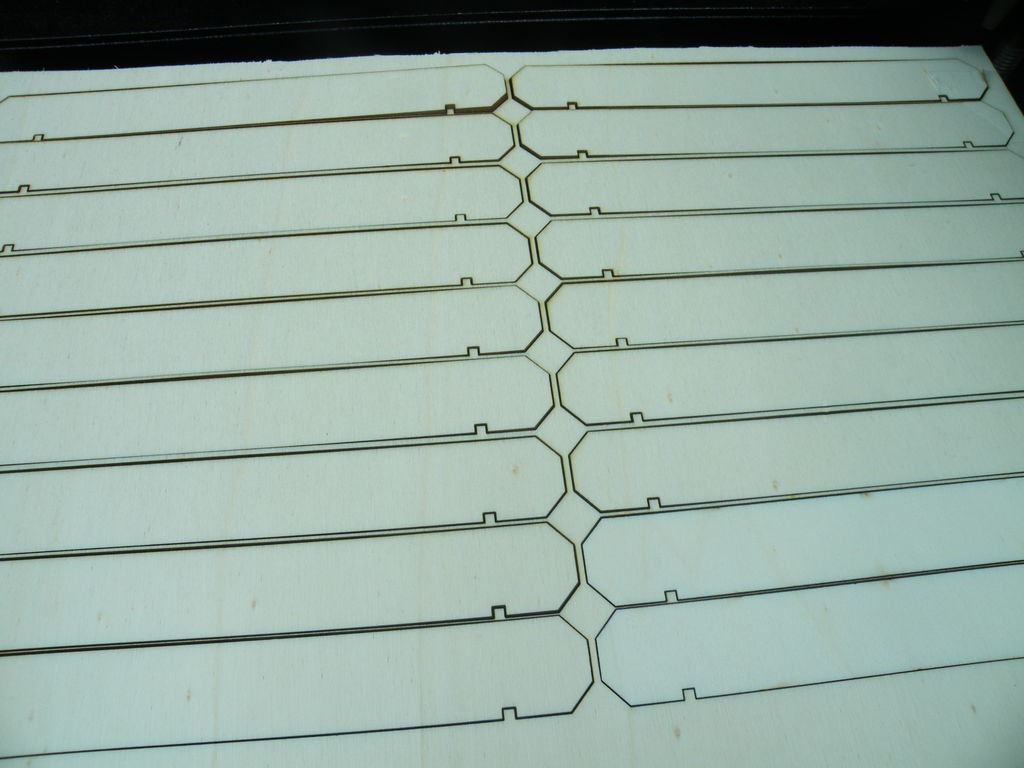
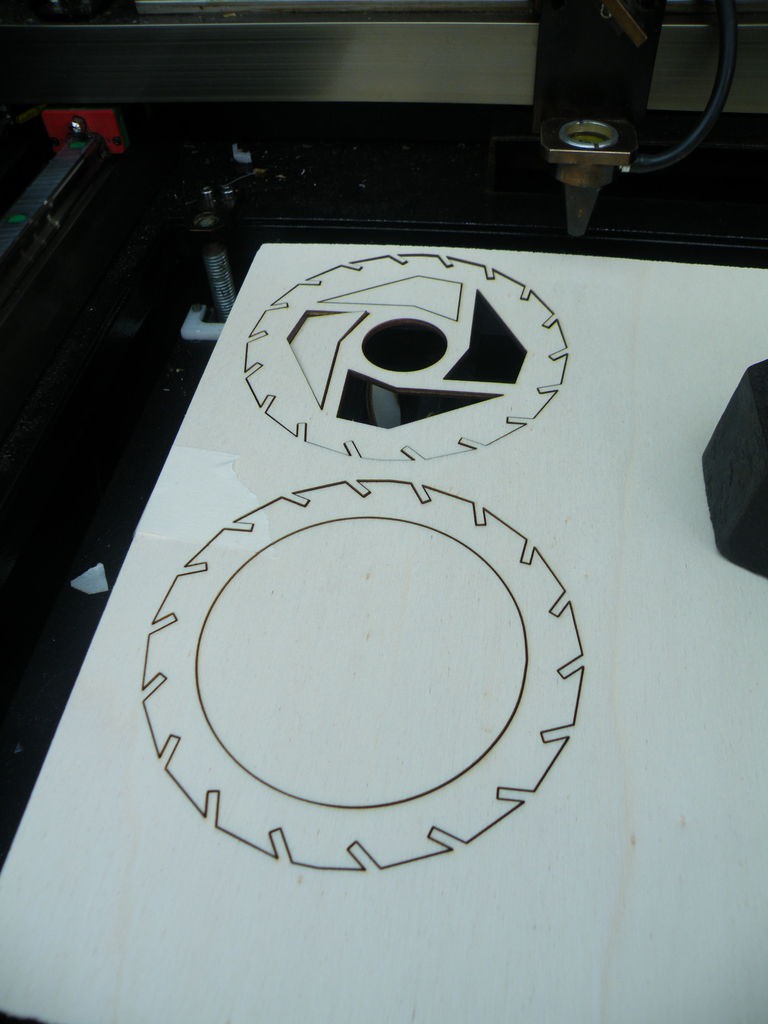
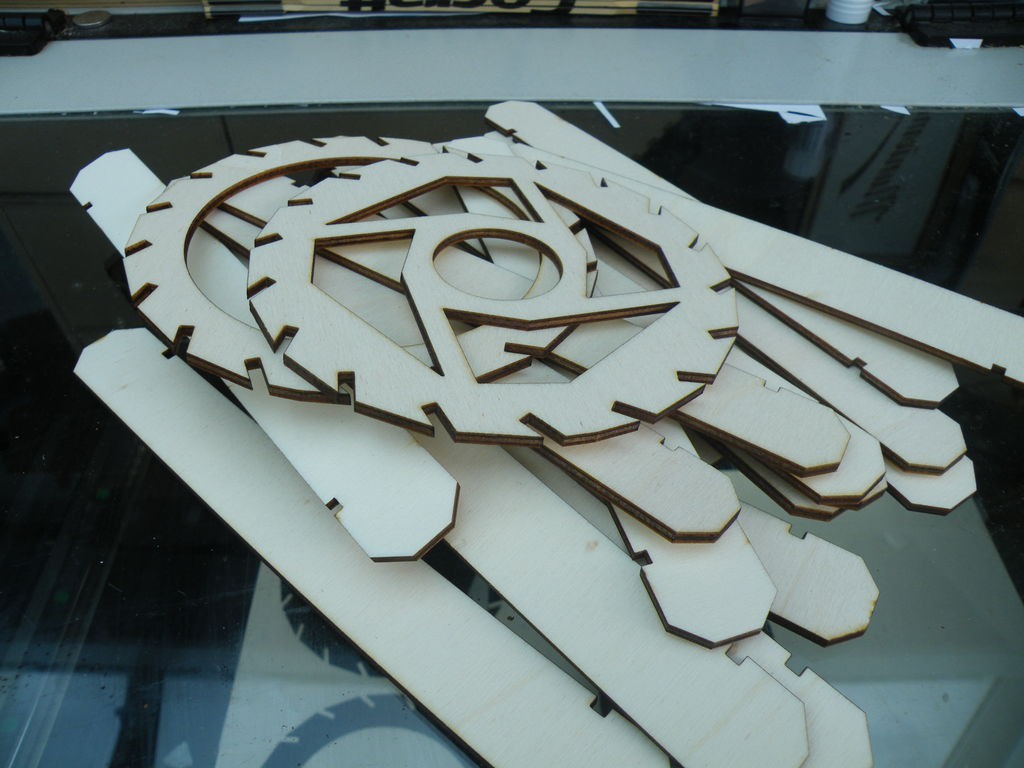
Here's a confession: the ECP file I attached to the previous step won't work.
For the sake of tidiness, I put all the parts in a single file, but they don't all fit on the cutting bed of my cutter - It takes two runs to make the whole shade, editing between runs. I cut the slats on the first run, and the frame on the second.
Step 4: Construction
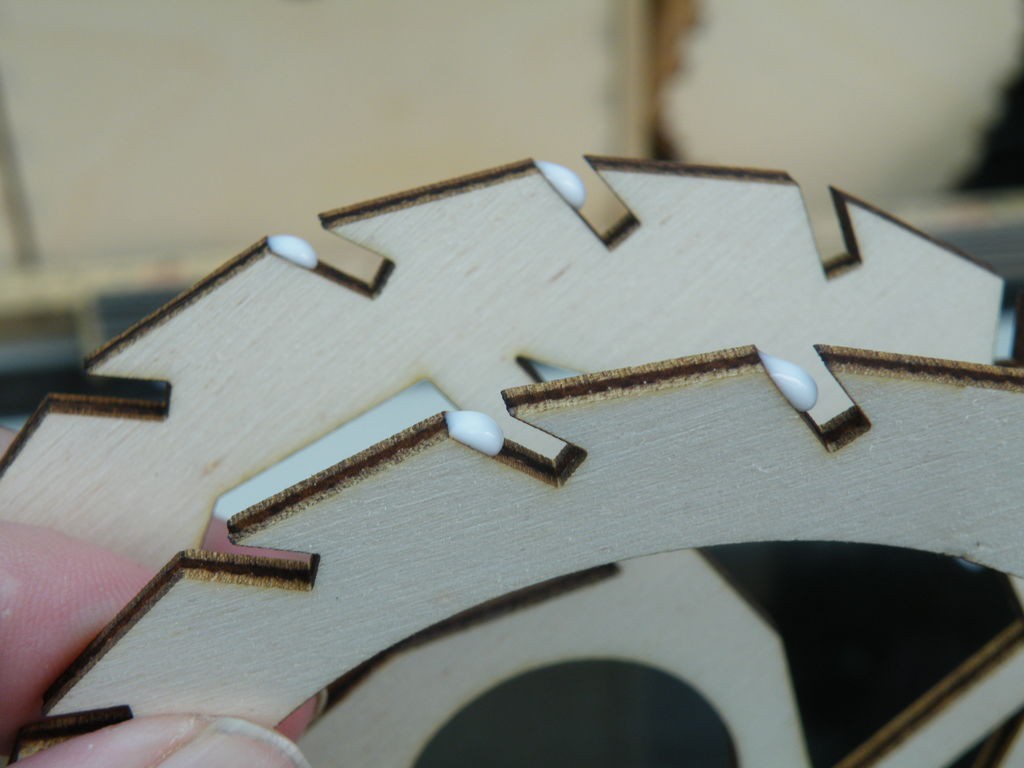
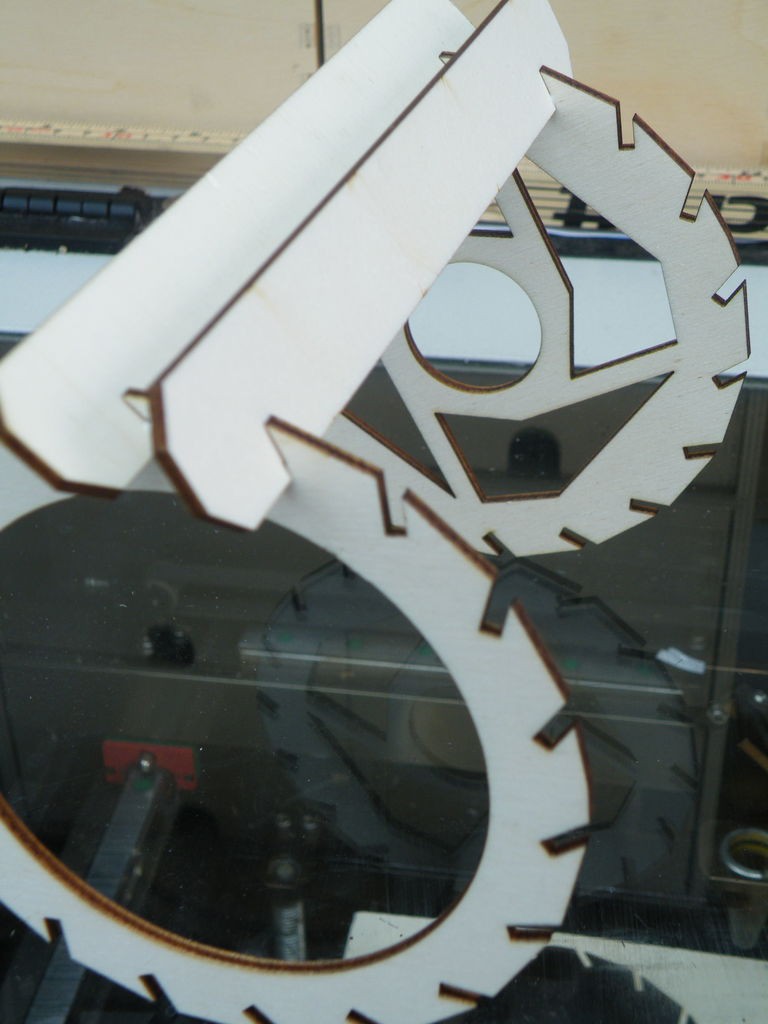
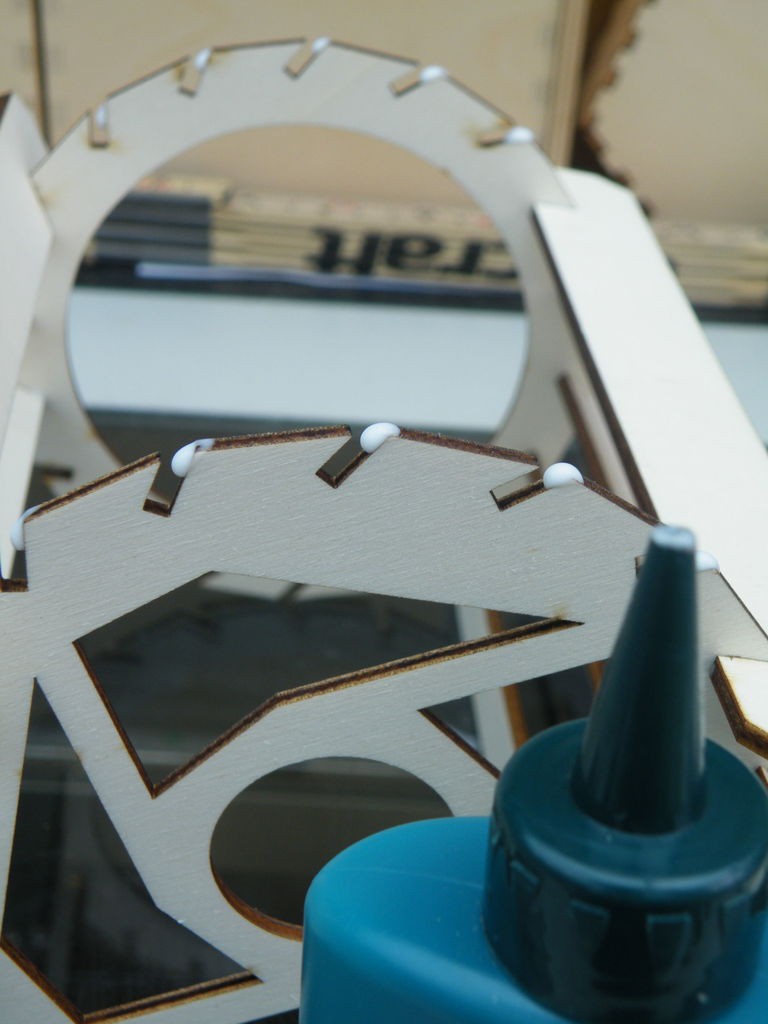
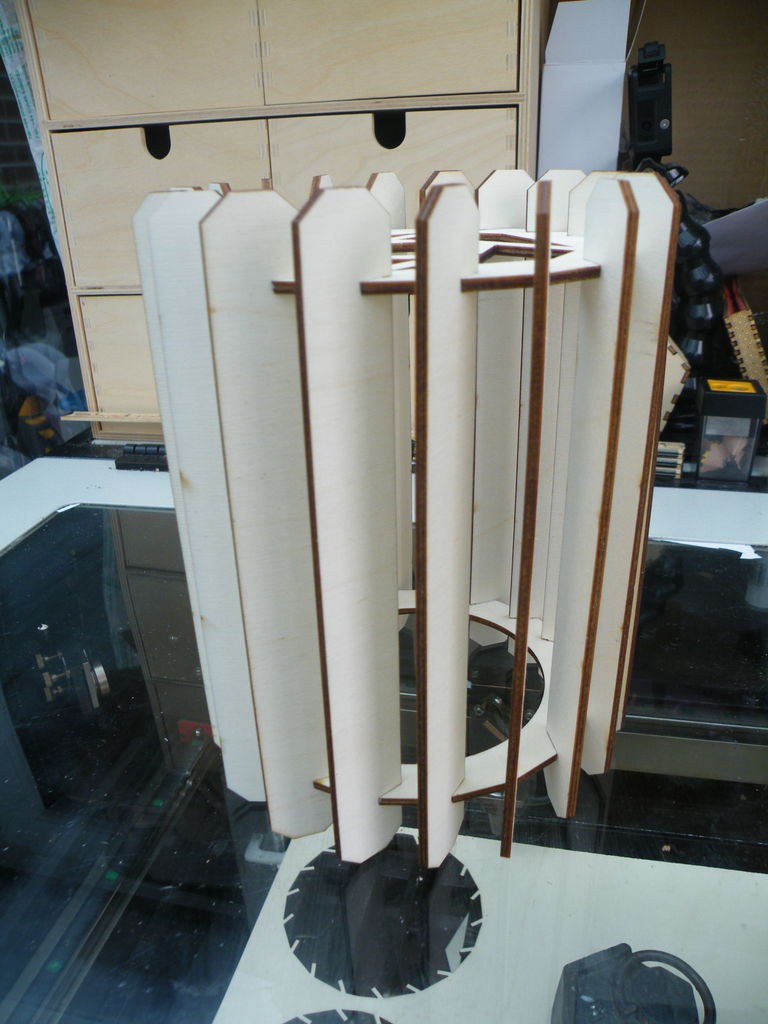
It doesn't matter which way round you have the two parts of the frame, just as long as they are both the same way round.
The finished shade doesn't suffer much in the way of mechanical load or stress, so just a drop of glue in each slot is plenty - add the glue, then push in the slat.
Once you've added a couple of slats, the rest go in very quickly - the whole construction takes less than ten minutes, and it is only 15 or 20 minutes longer for the glue to be dry enough to allow you fit the shade.
Step 5: Hang It!
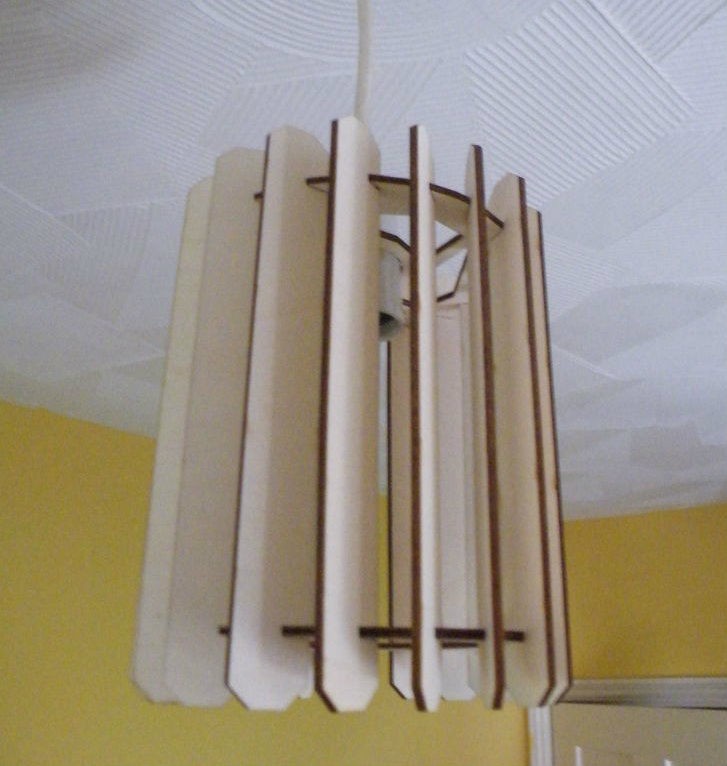
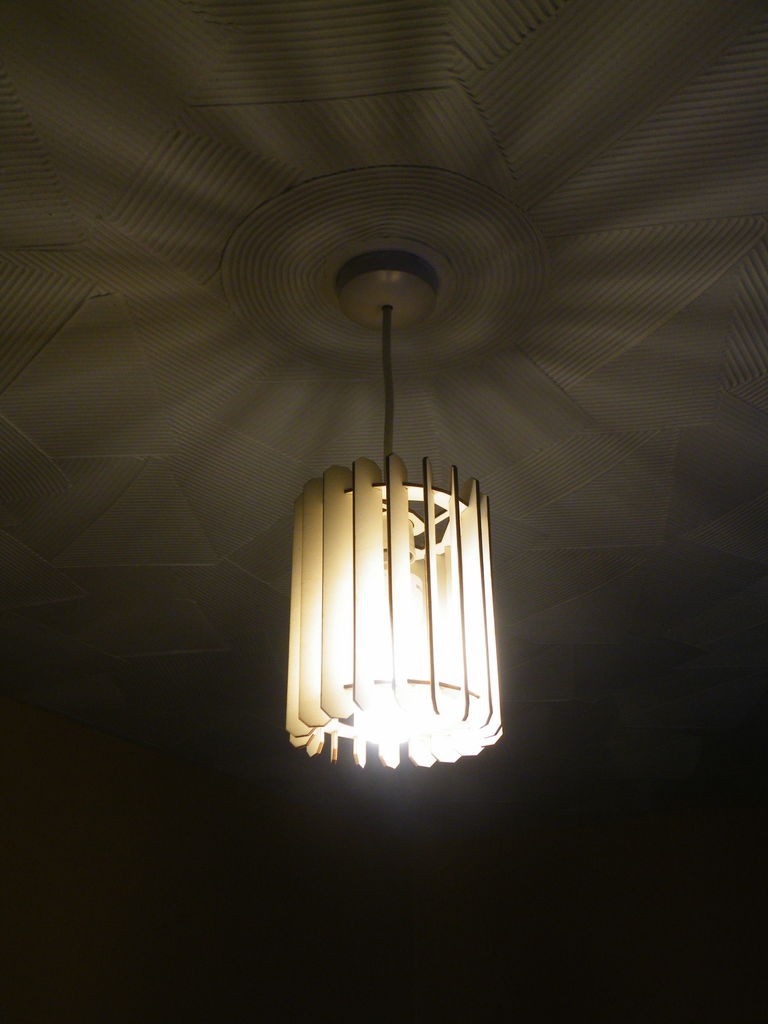
That's it, really.
Remove the offending, malformed, elderly predecessor, and fit the new shade.
Fit the bulb, switch it on and admire.
If you make your own shade, I'd love to see it - especially if you're better at taking photos of lit lamps than I am...
 Mark Langford
Mark Langford
Nice design! What kind of laser cutter do you use?